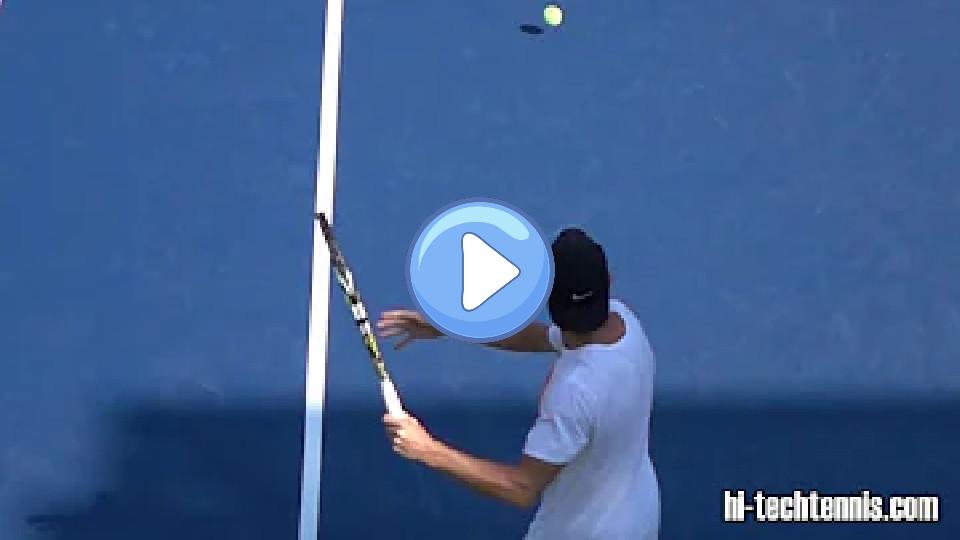Adrian Mannarino's Sports Injuries
Type of Sport: Tennis
Adrian Mannarino's Sports Injuries Table
| Type | Area | Date | Consequences | Content | How It Happened | Recovery Duration | Rehabilitation Details | Impact On Career | Psychological Impact | Previous Injuries | Return To Competition | Severity | Treatment | Medical Staff | Long Term Impact | Preventive Measures | Competition Missed | Initial Symptoms | Re Injury Risk | Support System | Rehabilitation Location |
|---|---|---|---|---|---|---|---|---|---|---|---|---|---|---|---|---|---|---|---|---|---|
| Ankle Injuries | Left Ankle | 2018-01-14 | Had to withdraw from the tournament. | Adrian Mannarino twisted his left ankle during a practice session right before the Australian Open 2018. The injury led to significant pain and swelling, making it impossible for him to compete. | Twisted his ankle during a practice session before the Australian Open. | 6 weeks | Rest, ice, compression, elevation (RICE method), followed by physical therapy. | Missed the Australian Open and initial part of the ATP Tour season. | Experienced stress and frustration due to missing a major tournament. | No significant previous ankle injuries reported. | Returned to competition in the ATP Tour in February 2018. | Mild | RICE method, physical therapy, and anti-inflammatory medications. | Australian Open medical team and personal physiotherapist. | No long-term impact reported; fully recovered. | Enhanced focus on ankle strengthening exercises and proper warm-up routines. | Missed the Australian Open. | Pain, swelling, and difficulty bearing weight on the ankle. | Low; managed with preventive exercises. | Support from his coaching team and family. | Home country and specialized sports rehabilitation centers. |
| Knee Injuries | Right Knee | 2021-06-27 | Had to retire from the match. | Adrian Mannarino suffered a right knee injury during his first-round match against Roger Federer at Wimbledon 2021. The injury occurred when he slipped on the grass court, causing immediate pain and instability in the knee. | During a match at Wimbledon, Mannarino slipped on the grass court. | 3 months | Underwent physical therapy and strength training exercises to regain knee stability and strength. | Missed the rest of the grass court season. | Expressed frustration and disappointment over the injury, affecting his mental focus. | No significant previous knee injuries reported. | Returned to competition in the US Open Series later that year. | Moderate | Physical therapy, rest, and anti-inflammatory medications. | ATP Tour medical team and personal physiotherapist. | No long-term impact reported; able to return to full form. | Increased focus on knee strengthening exercises and better footwear. | Missed Wimbledon and part of the US Open Series. | Pain, swelling, and instability in the knee. | Moderate; requires ongoing knee strengthening exer | Support from his coaching team and family. | Home country and specialized sports rehabilitation centers. |
Adrian Mannarino's Sports Injuries Videos
Adrian Mannarino Injures His Leg Against Roger 🥺 | Tennis Player
This content doesn't belong to Simply Tennis. It is edited and shared only for the...
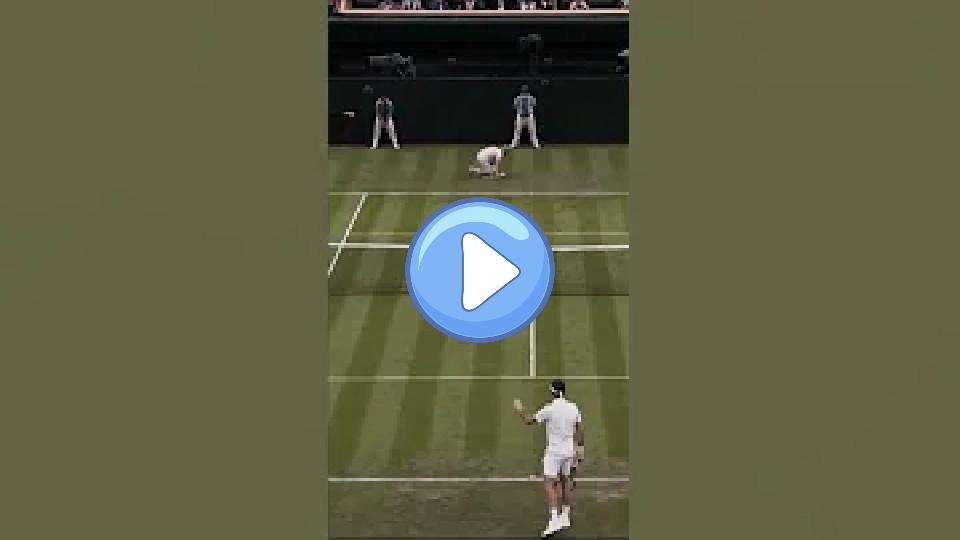
Adrian Mannarino almost injured the child.
Adrian Mannarino (FRA) vs. Mitchell Krueger (USA), Lexington 2016.
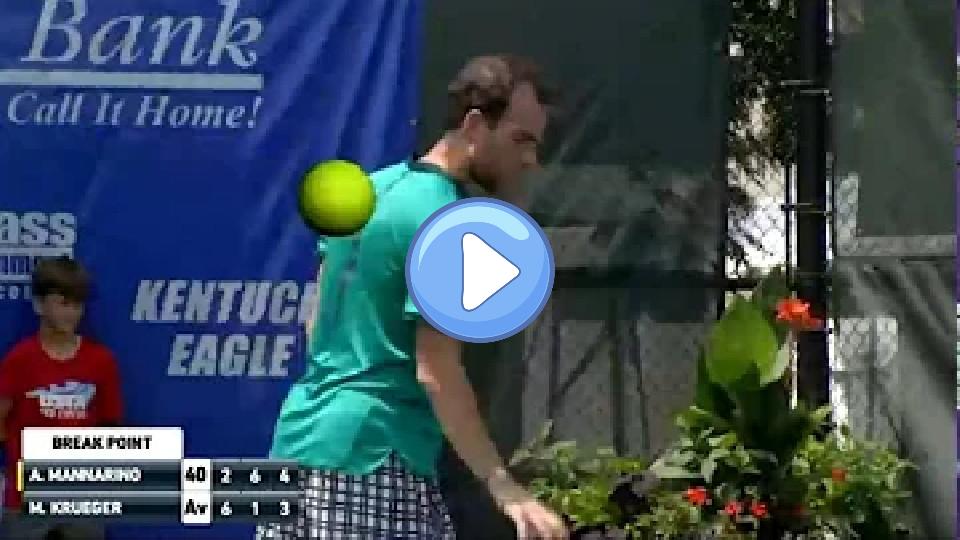
How Adrian Mannarino's Forehand Works: Complete Technique Breakdown
In this video, Jason Frausto from tennisunleash.net provides an in-depth analysis of Adrian Mannarino's forehand technique. He starts by debunking a common tennis myth about the split step, showing that Mannarino begins his split step before his opponent makes contact with the ball. Frausto then breaks down Mannarino's forehand, noting that while the initial setup is standard—with the non-hitting hand on the throat of the racket and proper hip and leg rotation—Mannarino's technique deviates in unique ways.
Key points include Mannarino's use of extremely loose string tension (as low as 19 pounds), which allows for a more direct swing path and minimal racket head drop below the ball. This loose tension creates a slingshot effect, enabling Mannarino to generate power with less effort. Frausto emphasizes that this technique may look unusual but is effective due to the string tension and efficient mechanics. He advises viewers, especially juniors, to consider looser string tensions and hybrid string setups to reduce the risk of injuries.
Frausto concludes by encouraging viewers to like and subscribe to his channel for more tennis insights.
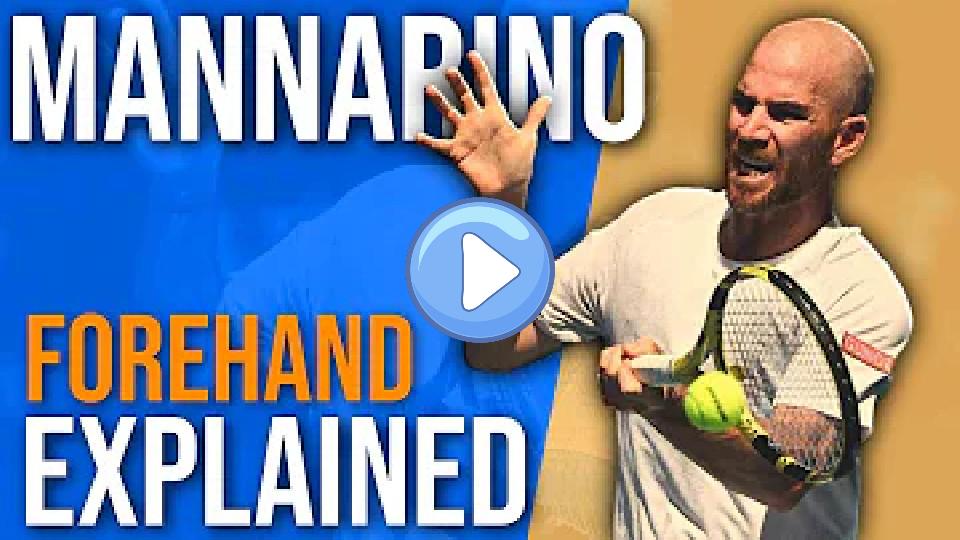
The lowest string tension on tour? Adrian Mannarino training in Malta.
In this video, a tennis enthusiast shares his experience watching Adrian Mannarino practice, highlighting Mannarino's unique flat and compact strokes. Mannarino, a top 75 ATP player for nine consecutive years, uses a customized Babolat Pure Aero racket with a notably low string tension of 11 kilos, which helps him manage his play despite recurring elbow injuries. The video also discusses the commonality of injuries among professional players due to overuse and the use of painkillers to cope. The speaker plans to explore injury prevention in future podcasts and expresses admiration for Mannarino's skill and technique.
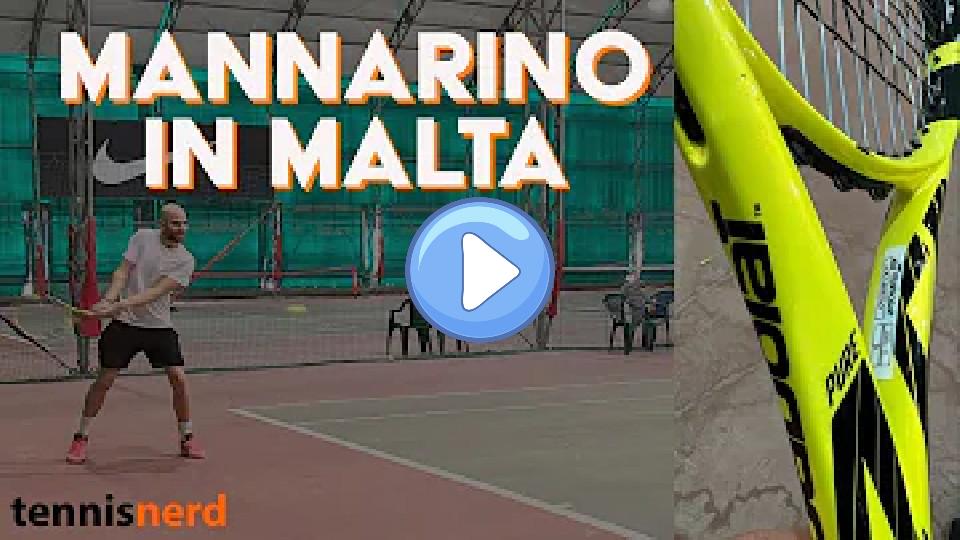
Wimbledon Defends 'Slippery' Courts Despite Serena Williams and Adrian Mannarino Injuries
The playing surface at Wimbledon 2021 has been a topic of discussion, with some players noting that the court feels a bit more slippery, particularly under the roof. This has required players to move very carefully during their matches.
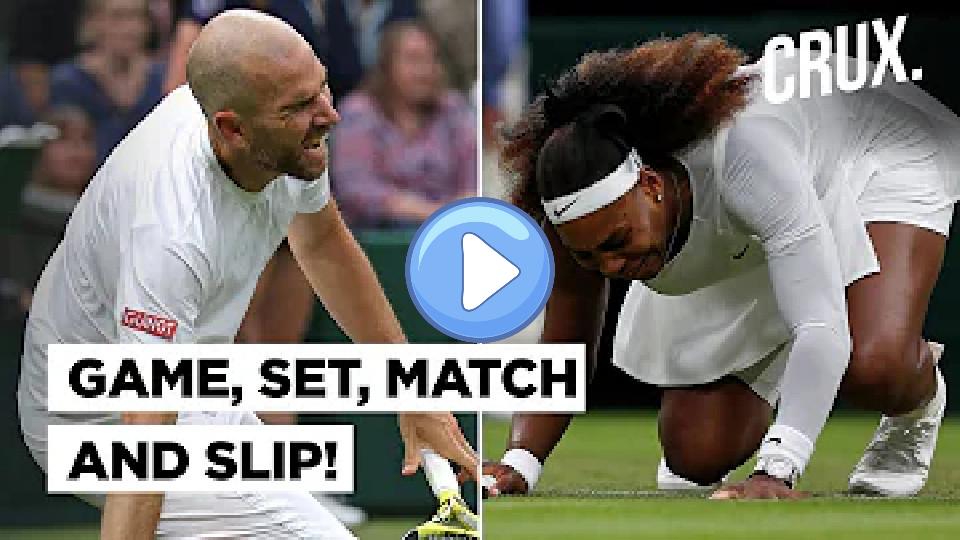
Roger Federer vs Adrian Mannarino | First Round Highlights | Wimbledon 2021
Highlights as Roger Federer returned to Centre Court to face Adrian Mannarino in the first round of The Championships 2021 - a...
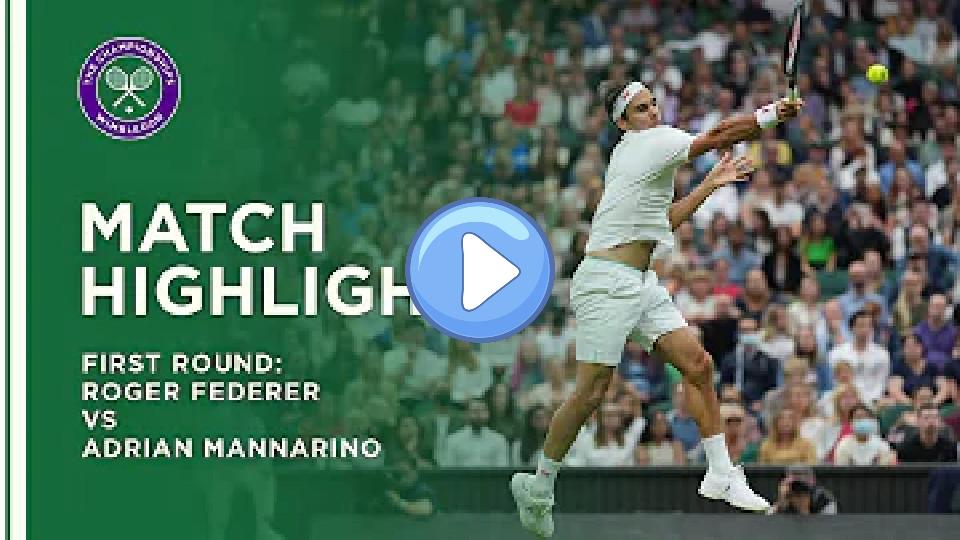
The Secret to Adrian Mannarino's Forehand
Vincent Simone analyzes Adrien Mannarino's forehand technique, highlighting its unique characteristics and how it adheres to essential fundamentals. Mannarino uses a quasi-modern technique with an extreme grip, a bent arm forehand, and a slightly unorthodox racket drop. Despite these unique traits, he follows key principles like maintaining a coil and unit turn, using a windshield wiper motion, and generating topspin. Simone emphasizes that Mannarino's technique, which has brought him success in the Australian Open, can be adapted by players of all levels. He encourages viewers to consider his online course for further improvement. Additionally, Simone promotes his book "Tennis Doctor," which offers insights into perfecting one's swing.
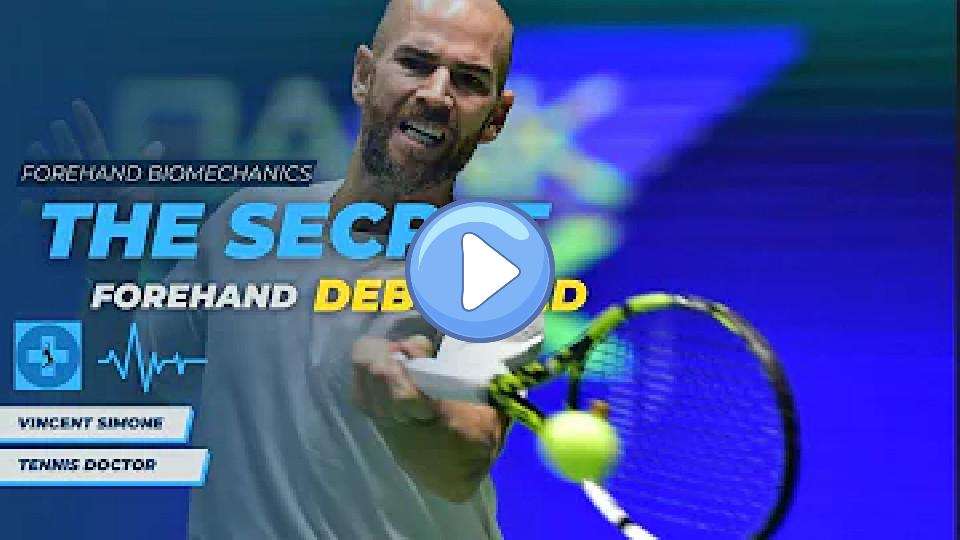
Adrian Mannarino's Impressive Spinning Volley! | Australian Open 2024
Adrian Mannarino executed a highly impressive spinny volley against Ben Shelton in the third round of the Australian Open 2024. The shot was so skillful that even Mannarino was impressed with his own effort, reminiscent of a similar drop volley by Benin Wes.
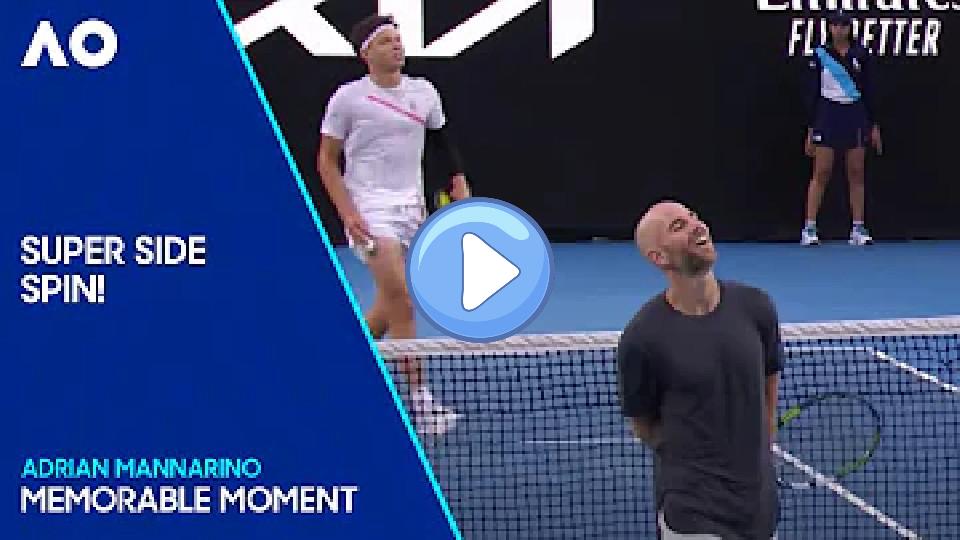
Adrian Mannarino Forehand in Super Slow Motion
Super High-Speed Tennis Forehand
